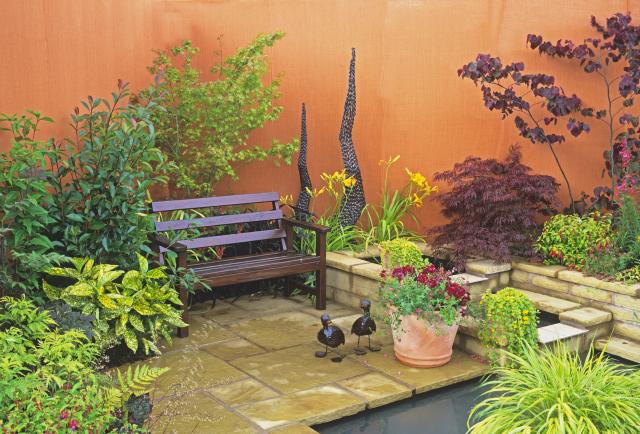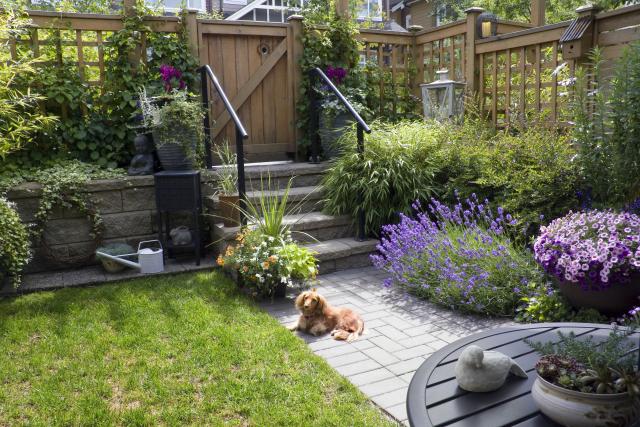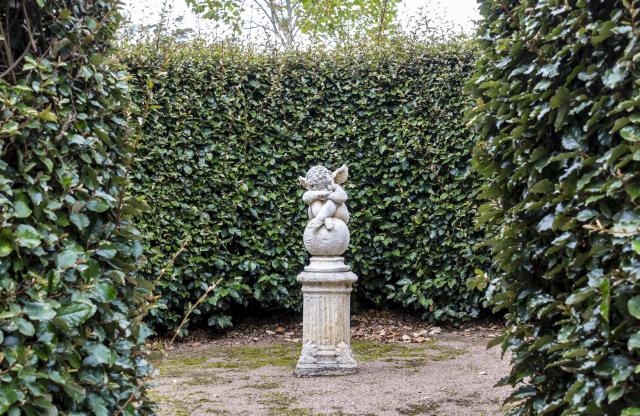As backyards shrink, new ideas for gardens are on the rise across Melbourne’s north.
Smaller areas have necessitated a rethink in how to design outdoor spaces for maximum impact and practicality.
For a property where the back fence is just five metres from the house, this once would have been seen as a garden drawback. However, clever homeowners are beginning to turn it into a positive by creating an intimate courtyard effect.
The simplest method to achieve this effect is through strategically placed dense planting, seating, fence screens and even walls.
One of the nicest finishing touches to a leafy courtyard is a piece of garden art or an eye-catching sculpture.
The positioning of a sculptural piece is as important a consideration as its context and style.
Some points worth noting include:
■ Will it get in the way of foot traffic?
■ Will it move, possibly dangerously, in strong winds?
■ Will it be tripped over or bumped into at night?
■ Will it eat up too much of, or be a hazard to, the children’s play area?
■ Is the material used weather-resistant?
■ Will it need special lighting to achieve maximum impact?
Getting the size right is also important. Big sculptures need to be viewed from a distance and lack contextual balance in small areas. On the other hand, small pieces need to be actually seen — and placed with safety in mind.
Garden sculptures come in lots of different materials and, along with aesthetics, durability is key. Metal and wooden pieces can rust or rot over time, glass can be easily chipped, but stone, marble and concrete are ones to keep on keeping on. Concrete sculptures are probably the most cost-effective but check for chips, folds or cracks before taking one home.
Garden sculptures lend themselves to imaginative quirkiness, classic elegance, cheeky kitsch, spiritual statements or free-form expression. Remember, there are no rules that can’t be broken so get sculpting.









